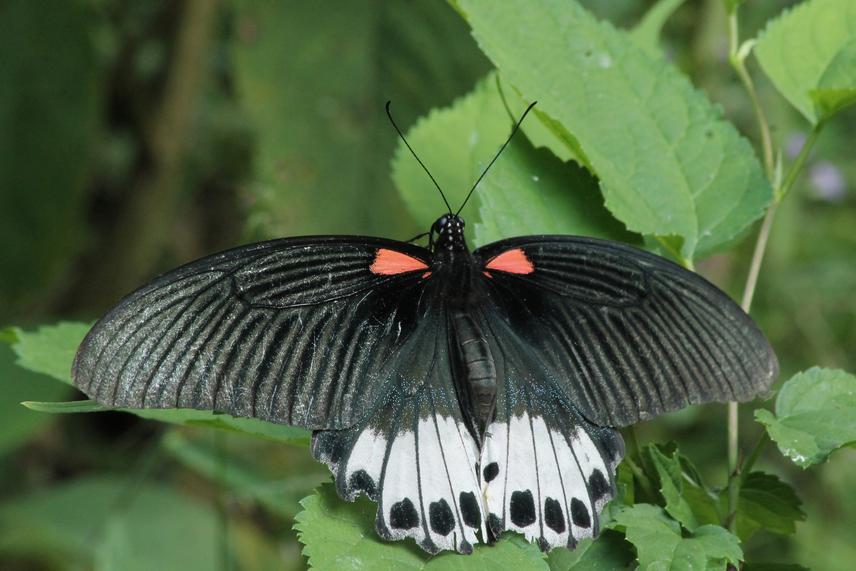Bimal Raj Shrestha
Other projects
19 May 2020
Butterflies of the Trans-Himalayan Region: Spatial Distribution, Status and Strengthening Conservation Approaches
The scientific information and documentation of butterflies along the elevational gradient are very scanty from the region. The research, therefore primarily aims to explore butterfly communities of Himalayan and distribution pattern along elevational gradient which is important for conservation efforts and recognition of status of the butterflies. The anthropogenic activities could have brought significant threats over butterfly communities. Therefore, the project ensure their sustainable conservation through conservation awareness campaign that includes schooling program, formal and informal meeting to the local people, local clubs and community representatives.

Great Mormon (Papilio memnon). ©Bimal Raj Shrestha.
The trans-Himalayan region in Nepal is unique in terms of biodiversity because of unique climate and geographical topography. Manang, one of the three districts that fall in trans-Himalayan region, is relatively well studied for its biodiversity. Yet, in depth, study on butterflies are very scanty. As a result, it is important to know about the diversity and distribution pattern of butterflies along an elevational gradient for conservation efforts and recognition of their status in the region. Such research helps for future studies and also for conservationists to formulate management plans. Moreover, the study is aimed at spatial diversity and distribution to explore the checklists of Himalayan butterflies and also the endemic species of the region. In addition to this, effects of anthropogenic activities like overgrazing, excess uses of Non-Timber Forest Products, firewood collection, fire and developmental projects, and conservation knowledge gap within the local people create serious conservation threats on survival of the butterflies. Hence, to mitigate these threats conservation outreach awareness programs will be launched throughout the study period. The programs include field base butterflies identification training to students and other enthusiast young personalities, school conservation education, formal and informal discussion within the local people, club members and community representatives, and formation of conservation group.
The study will be conducted within the elevational ranges from 2000 m to 5200 m at the southern aspect of Manang. The elevational gradient of study sites will be divided into 3 elevational zones; low (2000-3200 m), medium (3200-4200 m) and high (4200-5200 m). The transects of different sizes covering different habitat will be laid and followed Pollard transect (Pollard 1977, Isaac et al. 2011) and fixed width point count method (Acharya and Vijayan 2015) for sampling the butterflies. For butterfly identification and confirmation, ocular observation and captured and release method will be followed. Photography of the butterflies will also be given more priority. During the field periods, environmental parameters will be recorded. The data will be analyzed using proper statistical methods.